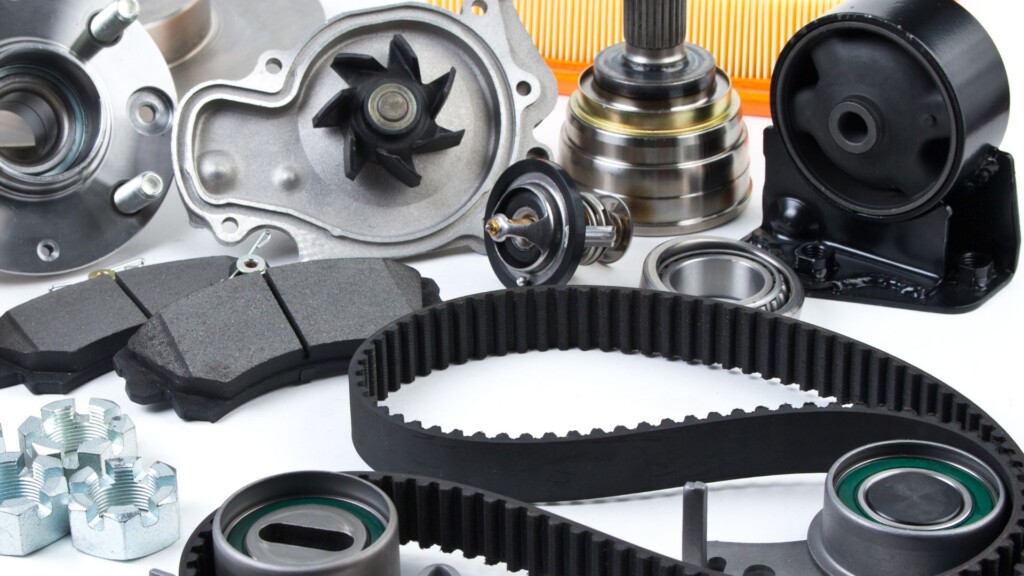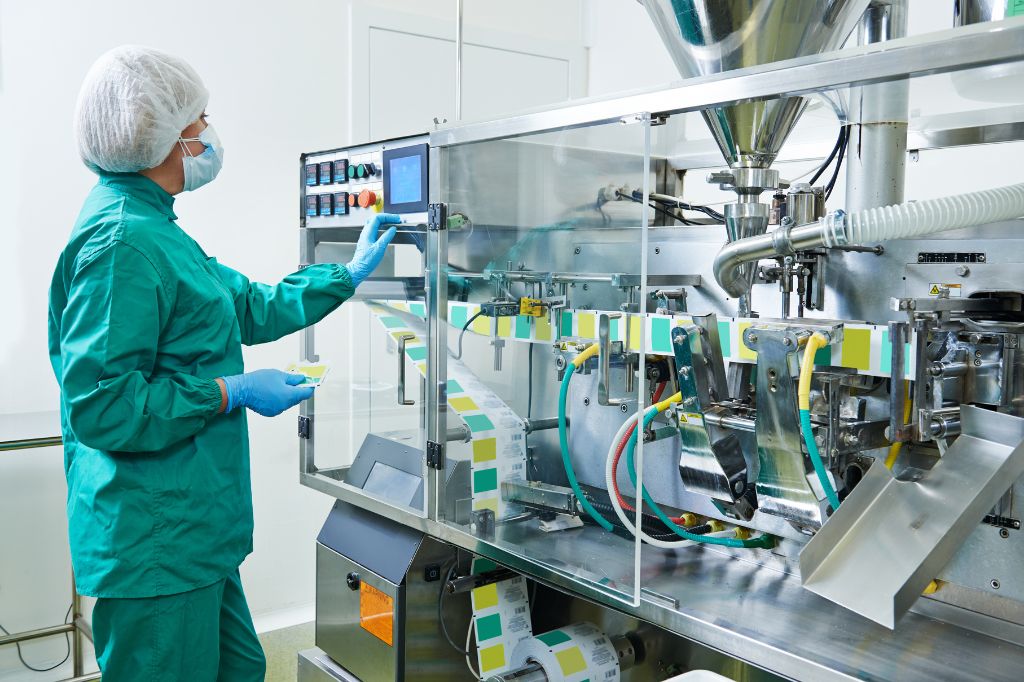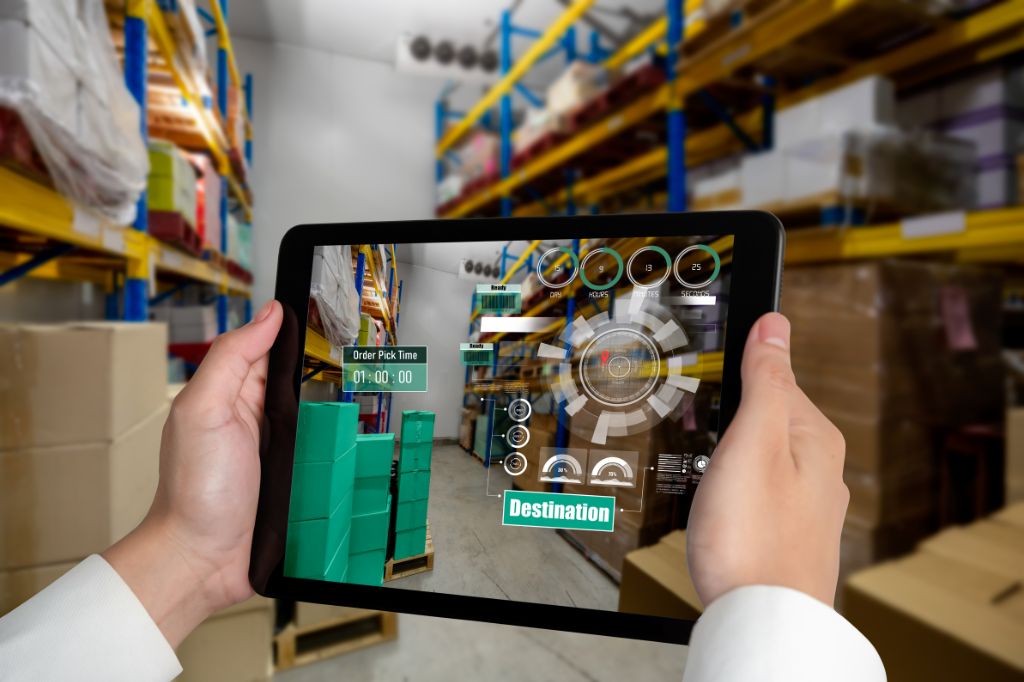
Ergonomic design of industrial rollers: workplace safety
Reading time: < 6 minutesIn the industrial world, where efficiency and productivity are crucial, workplace safety is a top priority. The ergonomic design of industrial rollers emerges as a key factor in ensuring not only the optimal performance of operations but also the protection and well-being of workers. In this post, we will look in detail at how the ergonomic design of industrial rollers contributes to workplace safety, addressing aspects such as reducing physical effort, injury prevention, improving interaction, weight distribution, visibility and accessibility, training and awareness, preventive maintenance, and adaptability and customization.
Reducing physical effort
The ergonomic design of industrial rollers begins with considering the physical workload that workers face when handling and operating these components. Reducing physical effort is essential to prevent fatigue and long-term injuries. Ergonomically designed rollers minimize resistance to movement and facilitate handling, thus reducing strain on workers’ muscles and joints.
Similarly, the choice of lightweight yet durable materials contributes to reducing physical effort. The use of high-strength aluminum alloys and composite materials ensures that the rollers are strong enough for the job but lightweight enough for easy handling. This combination of strength and light weight is key to improving ergonomics in daily handling.
Injury prevention
Injury prevention is a central component of the ergonomic design of industrial rollers. Anti-slip surfaces and safety features, such as guards and braking mechanisms, are essential elements for minimizing the risk of injury during use and operation of the rollers. These features not only protect workers but also contribute to a safer and more efficient work environment.
The ergonomic design also addresses the reduction of vibrations and shocks during the operation of the rollers. Continuous exposure to oscillations can have harmful effects on workers’ health, such as musculoskeletal disorders. The incorporation of technologies and materials that absorb impacts and reduce vibrations minimizes these risks, ensuring a safer and healthier work environment.
Improving interaction
Improving the interaction between workers and industrial rollers is a primary goal of ergonomic design. Creating an intuitive and easy-to-handle layout simplifies operations and reduces the likelihood of human error. Accessible and logical controls, combined with clear user interfaces, improve daily interaction, enabling workers to use the rollers effectively and safely.
Technology also plays a role in improving interaction. The integration of assistive technologies, such as automated or interconnected control systems, simplifies operations and reduces the cognitive load on workers. These innovations not only enhance operability but also contribute to a more functional work environment that is less prone to errors.
Weight distribution
Proper weight distribution is essential to ensure a uniform physical workload and avoid strain in specific areas of the body. Ergonomically designed rollers take the weight placement into consideration, seeking an even distribution to reduce the strain on workers’ backs, shoulders, and limbs. This is especially important in operations where frequent handling of rollers is part of daily tasks.
The modular and adjustable design of industrial rollers also allows for more personalized weight distribution. Workers can adjust the height, angle, or position of the rollers according to their individual needs, contributing to a personalized improvement and reducing fatigue associated with repetitive use.
Visibility and accessibility
Proper visibility and accessibility are critical elements of the functional design of rollers. Components designed for visual inspection allow workers to quickly identify any issues or wear. This not only contributes to safety but also streamlines preventive maintenance processes.
The ergonomic design ensures that routine tasks, such as cleaning or adjustments, are accessible and do not require excessive effort. Covers and easy-access panels simplify these tasks, ensuring that workers can perform them safely and easily.
Training and awareness
When discussing practical design, we are not only referring to the physical characteristics of the rollers but also to worker training and awareness. Ergonomic training is essential to ensure that employees understand how to use the rollers safely and efficiently. This includes proper handling techniques, understanding safety features, and promoting proper practices in the workplace.
Fostering awareness of the health benefits associated with ergonomic design is crucial. Workers need to understand how proper use of the rollers can help prevent injuries and reduce fatigue. Awareness of these benefits motivates employees to use these tools correctly, promoting a safer and healthier work environment.
Preventive maintenance
The ergonomic design of rollers also extends to preventive maintenance. Components that are easy to disassemble, inspect, and repair simplify maintenance tasks, ensuring they are performed regularly and efficiently. This contributes to the durability and extended lifespan of the rollers, avoiding the need for major repairs or frequent replacements.
In addition to the design, implementing preventive maintenance programs is an important consideration. These programs should include regular inspections, proper lubrication, and timely replacement of worn parts. The ergonomic design of rollers facilitates the effective execution of these programs, ensuring that maintenance is carried out systematically and safely.
Adaptability and customization
The functional design of rollers is characterized by its adaptability to various industrial applications. Whether in heavy material handling, transportation on production lines, or any other specific application, rollers are designed to fit different scenarios and ensure safety and comfort in all situations.
The ability to customize is another key aspect of ergonomic design. Industrial roller manufacturers understand that each industry and company has unique needs. Therefore, they offer options that allow customers to tailor rollers to their specific requirements, ensuring optimal performance.
In conclusion, when we talk about the ergonomic design of industrial rollers, we are not only talking about creating efficient components but also about prioritizing the safety and well-being of workers. Reducing physical effort, preventing injuries, improving interaction, ensuring even weight distribution, visibility and accessibility, training and awareness, preventive maintenance, and adaptability are key aspects that define a comprehensive functional approach. By investing in ergonomically designed rollers, companies not only improve their operational efficiency but also create a work environment where the safety and well-being of workers are fundamental priorities.



